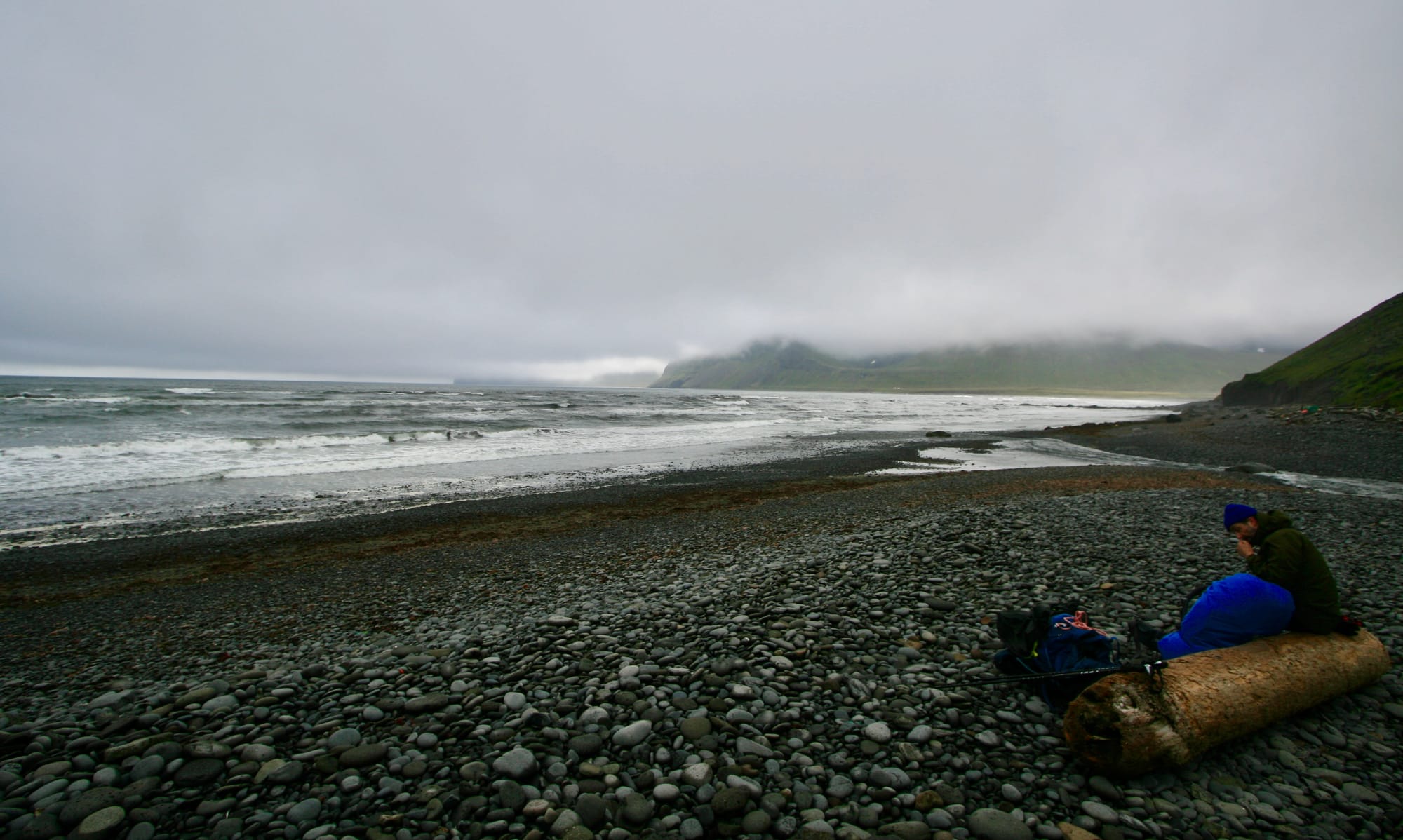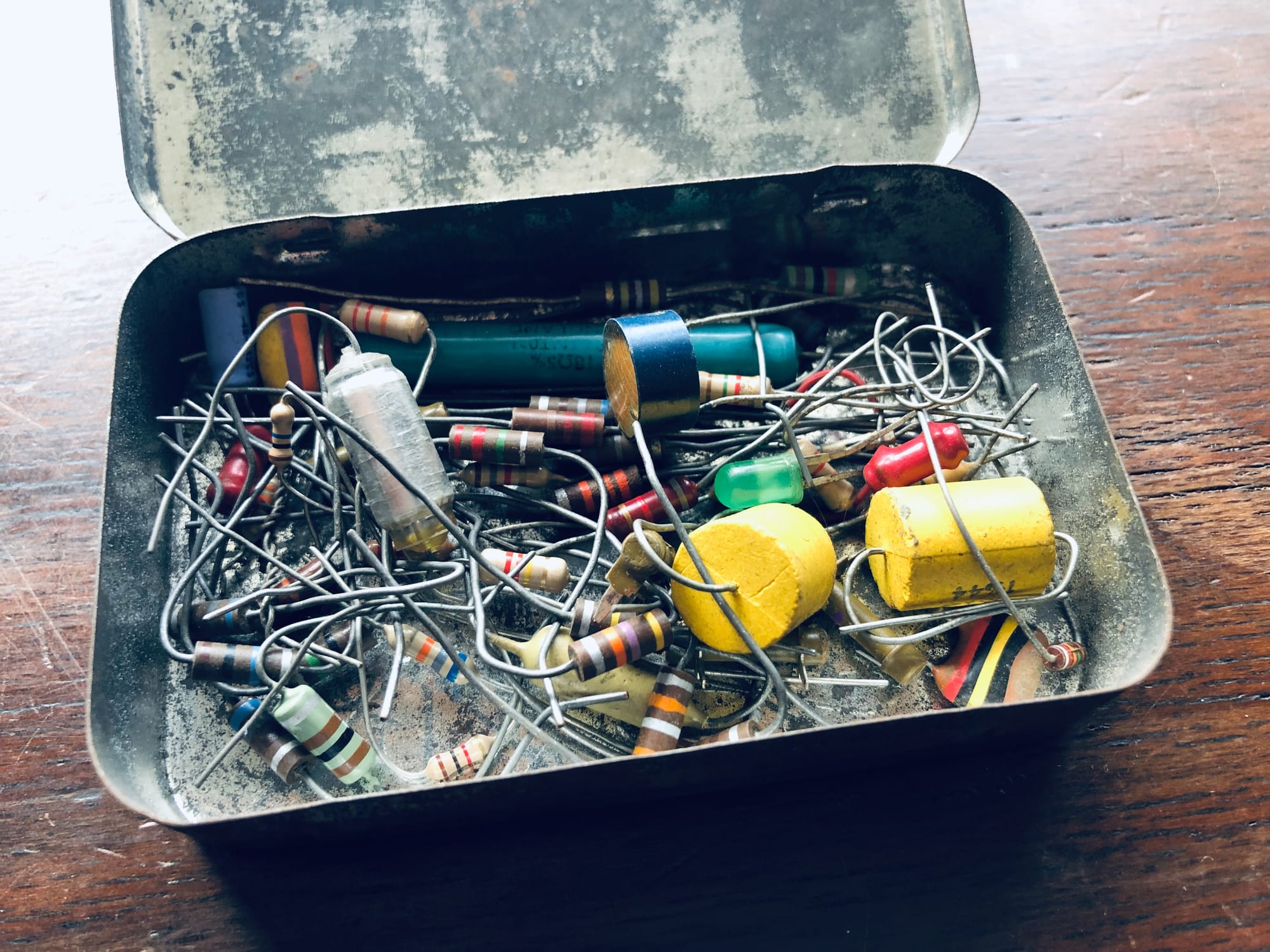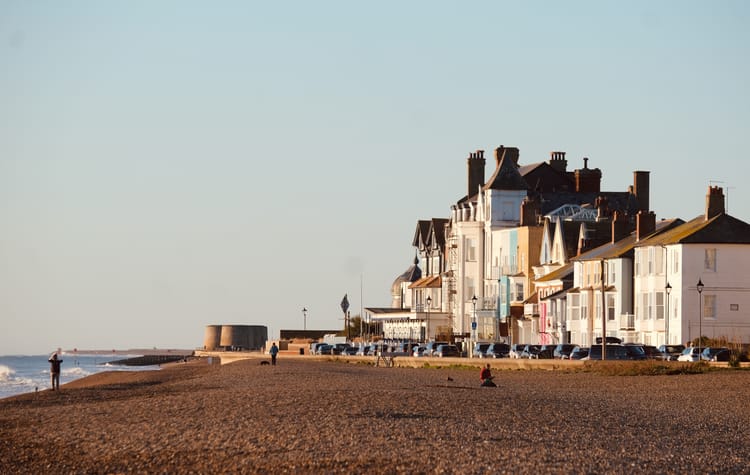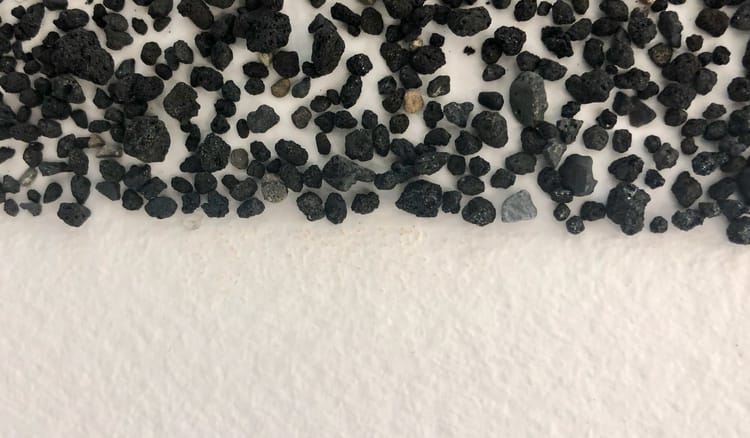Driftwood

Iceland is a land of no trees. But along the northern coast of the extreme north-west of the island, the fractured and deeply remote corner which they call the Westfjord, driftwood piles up on the beaches.
And not just driftwood. The Westfjord stretches its bony /granite fingers of land out into the East Greenland Current, plucking whatever the cold waters bring bobbing past: fishing crates, buoys, tackle, nets; and whole trees washed around from the great Siberian rivers: the Ob, the Jenisej, the Katanga, the Lena, where the trees are lost sometimes in great unknown storms, but mainly in the movement of lumber. The trees—fir, larch, spruce, some coast redwood, Western pine, goat willow, grey willow—have been adrift for four to five years, on average, covering anything between 400 and 1000 kilometres each year.
Long drifting in ocean currents is good for the wood: it hardens off, becomes less susceptible to rot. It is difficult to work, but rewarding. Along the northern coasts of Iceland, but notably on the Hornstrandir, specialised tools developed to work the driftwood and an economy of craft driftwood objects built up—furniture, hand-turned wooden bowls with hinged, carved lids known as askur.

Driftwood was also used to build houses and boats. When Magnús Guðmundsson (1869-1959), the husband of the future socialist activist, Karitas Skarphéðinsdóttir—proposed to his future bride, he offered to build a driftwood house for her father, in payment for the girl (he was 37, she was 16).
In a land of no trees, you scavenge. Beached whales, driftwood, cast-off antler.
In recent years, lumber management has improved, and the amount of driftwood washing up has decreased. And the quantity was anyway always variable, subject to subtle shifts in tide, current, ice. So far as I know, no one comes to collect the driftwood hereabouts anymore, or build emblematic houses with it. Long stretches of the beach and foreshore are just trunks of trees, piled one on the other, like the undecayed fallen forests of the Carboniferous. Walking here is all slippery trunks, ankle breaking holes, decorated with detritus: rigid plastic fishing trays from Grimsby, strands of rope, dead birds, chunks of polystyrene, plastic bottles, orange fishing floats.

...
If detritus is a resource, living on the edge of things, in isolation, is the art of making shift.
The philosopher Amy Olberding writes about what militaries call field expediency– the art of making do in hostile terrain, living from the land.
Her grandfather's farm, she relates, was a chaos of clutter. He was a hoarder. He kept everything. But, she writes, it was only after he died and she took over the running of his farm that she start to understand why he had collected every scrap of, for example, wire.
Wire was my special enemy, for the barns were everywhere cluttered with it – wire salvaged from telephones, from appliances, from who-could-tell-where. I accumulated buckets of wire with a plan to dispose of them. Mercifully, I never got round to it, for I quickly learned the uncommon worth of wire. For example, it presently holds the muffler to my truck, secures the busted PTO cover on my bushhog, and seams caging around fruit-tree saplings, the better to protect them from the depredations of deer. My only concern about wire now is that I might need more…
The stock images sometimes used to depict the pitiable conditions or pathologies of the rural poor – images of homeplaces surrounded by wreckage and ‘trash’ – tell a bigger story if you know how to read them… . Put plainly, if there is wire everywhere, there’s probably a reason. And if you can’t see the reason, there’s probably a reason for that too.
If you work a farm you begin to see the residual value in things. My father was no farmer (and was in fact evacuated in the early months of the war to a farm in Sussex, where the practices of the countryside, the pervasive smell of dung, and the placid faces of cows were wholly alien to his young mind), but he grew up in an age and in a social class where to throw away what might still be serviceable in some as yet unimagined future would be profligate.
And so our shed when I was growing up, like Amy Olberding’s barn, was a repository of jars of screws and nails and fixings, bits of wire of course, and especially electrical wire (my father was by training an electrical engineer); there were tubs of resistors and capacitors, thermionic valves; old tins of paint and thinners and mysterious solvents, and well-treated tools: canvas bags of spanners, socket sets gleaming in red tin trays. He quietly despaired as my brother and I grew to an age where these things provoked interest in us and we started not just to use them but to leave them lying around, a litter of disrespect.
He had the field-expedient mindset, then, but the truth is, he had lived into an age and an economic condition where the repair of old machines was becoming less pressing. A more disposable age. He used only a tiny fraction of whatever he preserved, consulted his stores and his tools less and less frequently. For years after he died, as my mother moved from this house to that and then into her retirement home, my brother and I would be confronted with new seams of material residue from a different age, like totemic objects of a forgotten tribe. One of the last things I disposed of was a large cardboard box full of wire, cable, flex (as my mother always called it), which he could not bear to throw away, harvested from a thousand defunct machines. I rummaged in it for a bit but saw that I would never need any of it, and chucked it in a skip.
But then later still I opened a small tin I found in my mother's sewing box, and it was full of resistors. Still resisting.


...
How do we turn the world best to account? Ethnographers have observed that no single hunter-gatherer carries all he she needs with him; they rely on the group, share things around, or they find the materials they need to make whatever they require just lying about: stone, reed, flint, driftwood. They are parsimonious, as I have written elsewhere, but the parsimony is not tidy, or efficient: it is careless, throwaway. And it is social. To move is deeply to rely on others.
Settlers in remote places, by contrast, learn to hoard. Your survival will depend on it. In Rome I once furnished a flat over a matter of weeks with furniture I (or helpful friends) found discarded in the streets, because a city is a throwaway place. Clustered so densely, there is no need to hoard, beyond an atavistic anxiety. But out here in the Westfjord, or on Amy Olberding's farm, or in my father's shed, nothing is thrown away; and that hoarding necessities a little order, a little sorting. Sorting is the idle but vital skill of the sedentary.
...
The Westfjord is not volcanic, unlike the rest of Iceland. The land does not smoke and rumble. The hillsides do not steam with contained fury. The wet round hills and grey cliffs just drift, cold and inert, up towards Greenland, the arctic.
But even here there is the endless repetition of scavenging life, like a glimmer of recognisable warmth. In the evening, a jittery but bold young arctic fox comes nosing around our camp; humans, he has learnt (over-generalising) are benign and careless, leaving scraps of food around their camps. We sit motionless, and watch him sniff at our tents, and around the lengths of driftwood pulled up as benches. We are punctilious campers, we have left no food for him, but it takes him a minute to be sure of that.
arctic fox on the Hornstrandir





Member discussion